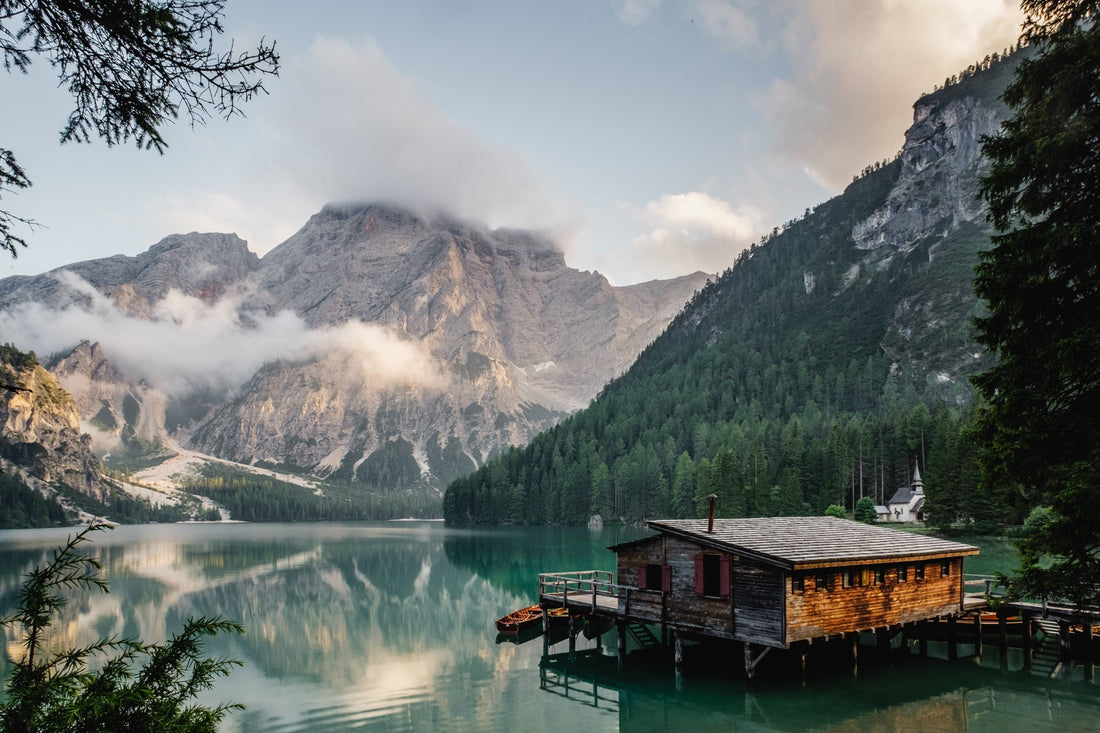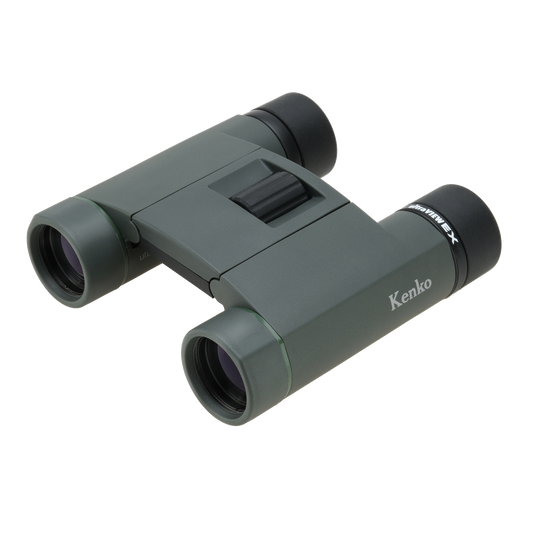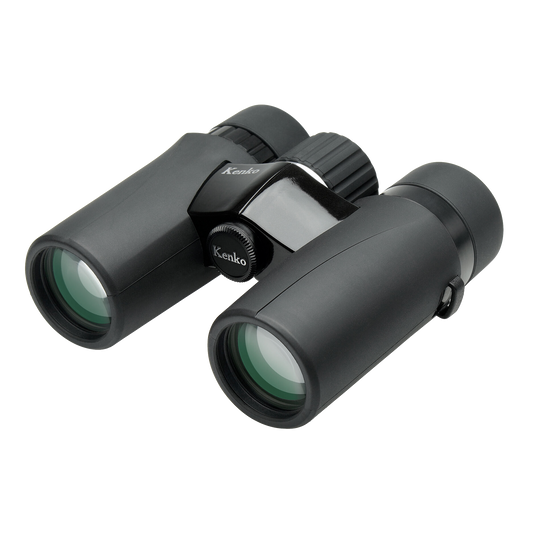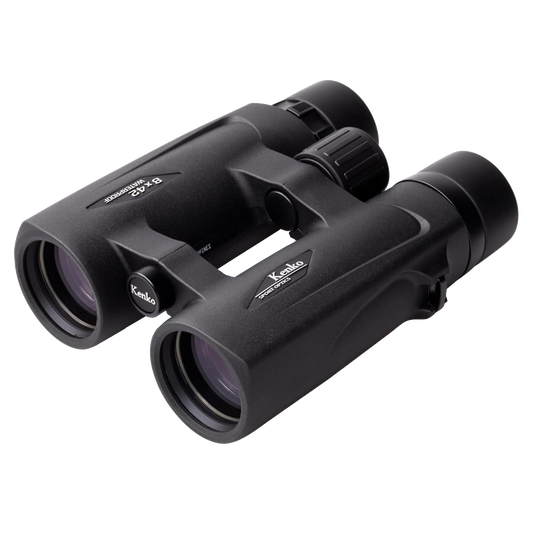
5 Landscape Photography Tips for Vastly Improved Photos

Photo by Luca Bravo via Unsplash
When I began my landscape photography journey, I knew next to nothing (as is the case when you’re just starting out!).
I didn’t know that I could practice in my own backyard with the equipment I had on hand. Then, when I began to hone my craft, I didn’t know anything about landscape photography-centric gear.
For example, I didn’t know what a circular polarizer was; I definitely didn’t know how to use a circular polarizer. Plus, I didn’t even own a wide-angle lens.
If you’re like I was and are looking to this article because you see room for improvement in your landscape photography, then I’ve got a few tricks of the trade for you!
Table of Contents
- Use a Wide-Angle Lens
- Get a Circular Polarizer for Your Wide-Angle Lens
- Add People or Objects
- Incorporate Movement
- Use Water as a Mirror
Use a Wide-Angle Lens

photo by Markus Spiske
Nothing says drama like a landscape that was shot with a wide-angle lens.
While I find it especially interesting to shoot with a wide-angle lens on gloomy days, or in gloomy atmospheres (Scotland, anyone?), wide-angle lenses add tons of depth to landscape images because they can incorporate so much foreground interest in the shot.
Nigel Danson, one of my favorite YouTube photographers, has taught me so much about shooting landscape pictures.
He covers everything you need to know about wide-angle lenses in the video above, from how to care for your wide-angle lens to how to shoot with it.
One pro tip Nigel forgets to mention, though, is that when you’re shooting with a wide-angle lens, you should do so from unique angles.
I hate when a photographer slaps a wide-angle lens on and then only shoots from the same spot that everyone else does.
Don’t hamper your creativity by not putting your wide-angle lens to its best use. Move around. Change the eye level of your shots. Get super low to the ground. Find foreground interest. To get the most out of a wide-angle lens, you’ve got to work for it!
Get a Circular Polarizer for Your Wide-Angle Lens

photo by William Bayreuther
Circular polarizers nowadays are nothing like they used to be, and I hate that seasoned photographers aren’t teaching beginner photographers how to use them.
I’ve talked about circular polarizers a lot on PhotographyTalk. Mostly because I’ve been getting a lot of questions about how they work, but also because I don’t want the art of using a circular polarizer to die out.

My favorite circular polarizer is this slim one by Kenko.
I always recommend purchasing a slim polarizer because they prevent vignetting in your photos. This is a big deal because one of the main complaints photographers have about polarizers is that the vignetting is so bad.
But, since Kenko crafted their polarizer with a slim ring, you don’t have to worry about it! That’s one of the reasons why I think it’s one of the best circular polarizers on the market.

Kenko only supplied their filters to Japanese photographers for a long time, but when they hit the American market, it proved just how bad some of the circular polarizers we had at the time were. Now we can enjoy reduced glare, less haze, and more contrast in our images.
If you like these benefits of a polarizer, make sure you buy one so you’ll have it on deck next time you’re shooting a gorgeous landscape.
Learn More:
Add People or Objects

photo by Pietro de Grandi
Landscape photographers shouldn’t forget that you can take photos of landscapes and people, and no it doesn’t necessarily have to be a hero shot!
So, the traditional hero shot that we are almost all sick of looks something like this:

Photo by Jake Melara on Unsplash
The person is dead center in this landscape, and their prominent position is a bit off-putting
One of the best tips I can give to a landscape photographer is to include people in your shot, but to place them slightly off center. It draws the viewer’s attention much better than a hero shot (rule of thirds, of course) and it doesn’t look as cliche.
Including people or manmade objects, like the canoe above, is statistically proven to draw more attentionto a photo than a photo without any people.
Plus, adding people or objects to your shots make them more likely to perform better on Instagram, which is important for your marketing!
Incorporate Movement

photo by 4kodiak via iStock
Landscape photographers who have been in the business for a while know that movement is an excellent addition to your photos.
Whether the movement is in the clouds and water, like the photo above, or in blowing grass or a moving train, movement adds a sense of presence to your landscape photography.
Photos with movement have a dynamic feel about them, as though something is going on that the viewer needs to inspect more closely.
And that’s exactly what you want in your photos - to have something that reaches out, grabs the viewer, and piques their interest. Movement can do just that.
Use Water as a Mirror

photo by DenisTangneyJr via iStock
Polarizing filters do something incredible with your landscape shots: they allow you to use water as a mirror without worrying about glare off of its surface.
I am a particular fan of using water as a mirror in landscape photography. It adds dimension to your photos and when the scene is rather dark, like in the image above, the water helps brighten the foreground so you get a better exposure.
Of course, the best time to get a mirrorlike shot is in the early morning or late evening when the wind is calm. Look for days with dramatic skies, like above, or hunt for the perfect sunrise or sunset photo. The colors of the sky will add even more drama to the shot!
Give each of these tips a try, and you’ll find that improving your landscape photos is actually much easier than you might think. Good luck!
Originally posted on PhotographyTalk.com




